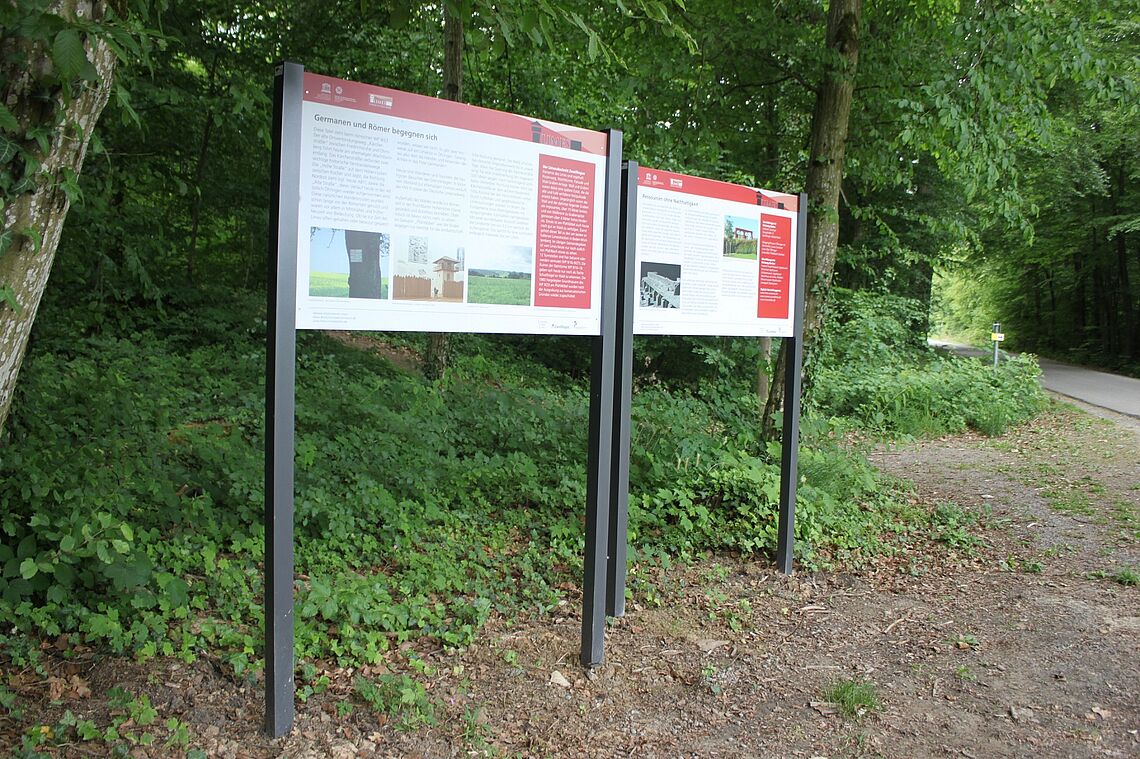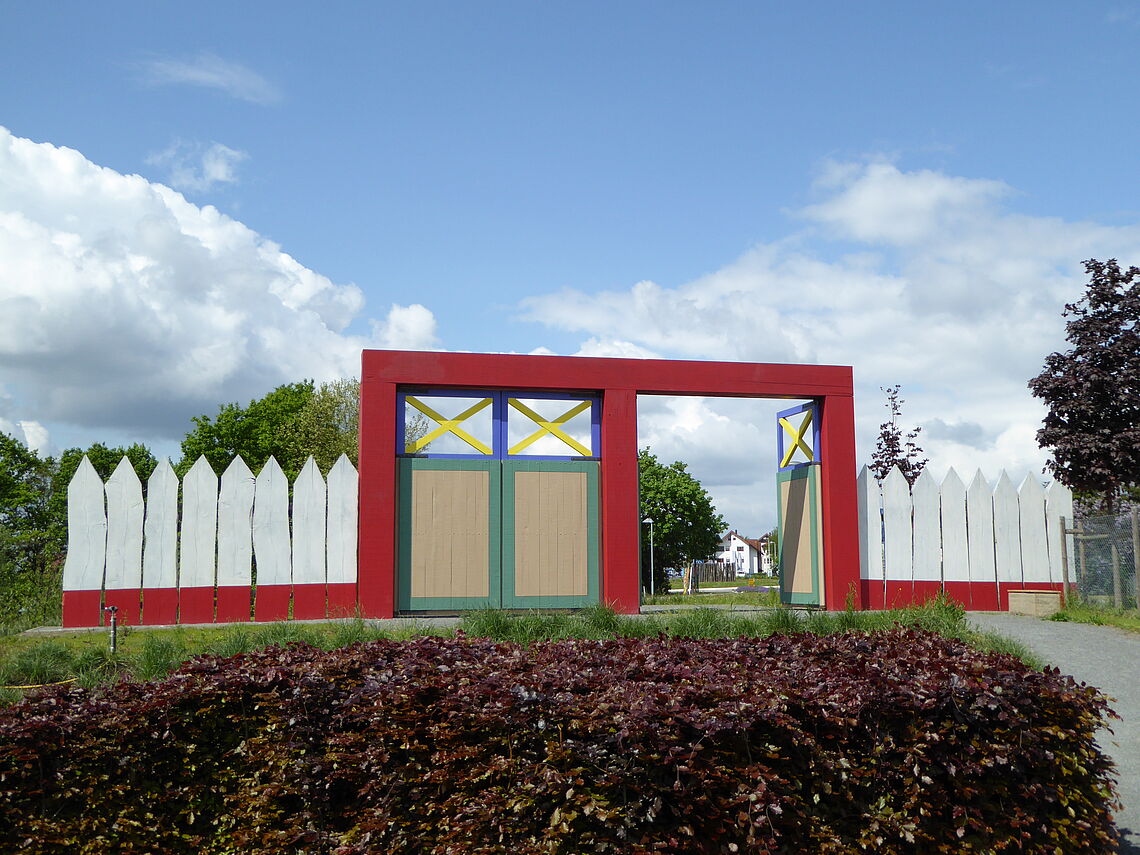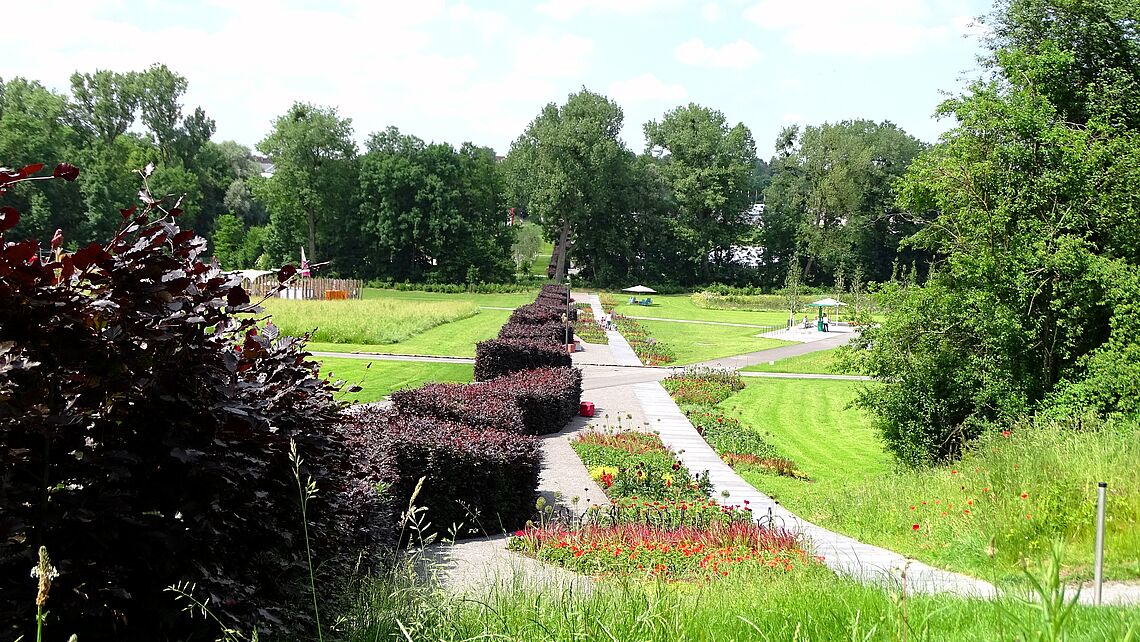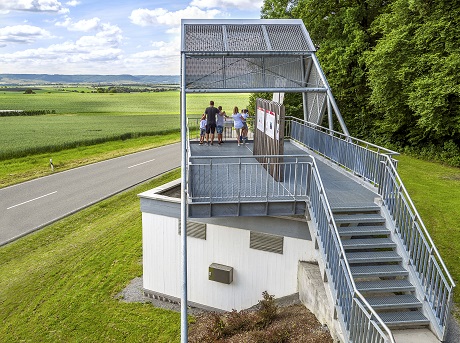Weather Forecast
Friday, 26.07.2024
Today

18 to 25°C
Tomorrow

19 to 25°C
Day after tomorrow

14 to 23°C
UNESCO world heritage Limes
In 2005, the Upper-Germanic-Rhaetic Limes was announced to be part of the UNESCO world heritage. It was built around 160 after Christ. Approx. one hundred years later the Romans fled westwards from the fearsome Germanics.
Wall and trench
In the middle of the forest in Zweiflingen-Pfahlbach, visitors can explore one of the most impressive parts of the “Limes”: approx. 500m of the historical trench and rampart survived the last centuries. Originally, the trench used to be at least 8m wide and 2.5m deep, the wall was 9m wide and more than 2m high. The wooden palisade, that used to be installed in front of the trench can only be imagined today. Behind the wall, the so called “Postenweg” used to lead from one watch tower to another.

Viewing platforms “Limes Blicke”
Zweiflingen, Öhringen and Pfedelbach started a common project to make the UNESCO world heritage “Limes” even more perceptible. In 2014, all three communes built three impressive viewing platforms, the so called “Limes Blicke”. From these platforms, visitors can see how the border “Limes” used to pass from Zweiflingen via Öhringen to Pfedelbach. Binoculars (free of charge) allow you to overlook the Upper-Germanic-Rhaetic Limes along approx. 11.5 km. Panorama photographs help to give a better overview. Also, you can learn interesting facts about Roman trading, culture, communication or measurement skills on the information panels. There are also special information panels for our smallest visitors. More information and directions can be found in the leaflet.
Gate “Limes Tor”
The massive and colourful gate “Limes Tor” can be found in the Haller Road in Öhringen. It is 9.7m wide and 4.85m high and was built as an archaeological experiment for the well-known botanical fair “Landesgartenschau 2016”. The project was supported by the Limes Information Centre in Aalen. It can be assumed, that the impressive border “Limes” was supposed to demonstrate the Roman power to everyone passing through their empire. For this reason, the outside was painted in an imperial red, earthy green and brown and the colours of the sky blue and yellow.

Hexagonal tower foundation
The “Roman tower hut” near Pfedelbach-Gleichen leads the way to the Upper-Germanic Rhaetic Limes. A one km walk through the timber forest brings you directly to the remains of a unique hexagonal tower which was spotted during archaeological excavations. It can be assumed that this tower was very important for the Romans, as they could see right along Hohenlohe from here. From this point, Romans used to visually measure the almost 80km long route from Walldürn to Haghof near Welzheim.

![[Translate to Englisch:] Radfahren im Ohrntal [Translate to Englisch:] Im Vordergrund ist ein Teil eines Mountainbikes zu sehen. Im Hintergrund ist eine grüne Wiese mit einer kleinen Scheune zu sehen.](/fileadmin/_processed_/3/2/csm_bike_02_1aa537f19f.jpg)
![[Translate to Englisch:] Golfspielen im Golfclub Heilbronn-Hohenlohe (c) Dominik Rau [Translate to Englisch:] Drei Golfspieler und ein Golfcaddy sind auf dem Golfplatz zu sehen.](/fileadmin/_processed_/0/b/csm_erlebn_01_9ad0729805.jpg)
![[Translate to Englisch:] Blick vom Ranzenberg bei Pfedelbach [Translate to Englisch:] Weinberge sind zu sehen.](/fileadmin/_processed_/4/f/csm_erlebn_02_aa29e2c1f2.jpg)
![[Translate to Englisch:] Wandern bei den Hohenloher Perlen [Translate to Englisch:] Eine Wandesrgruppe ist zu sehen, am Horizont rechts einer der Öhringer Wassertürme.](/fileadmin/_processed_/e/4/csm_Slider_Wandergruppe_Oehringen_3_a17280384e.jpg)

